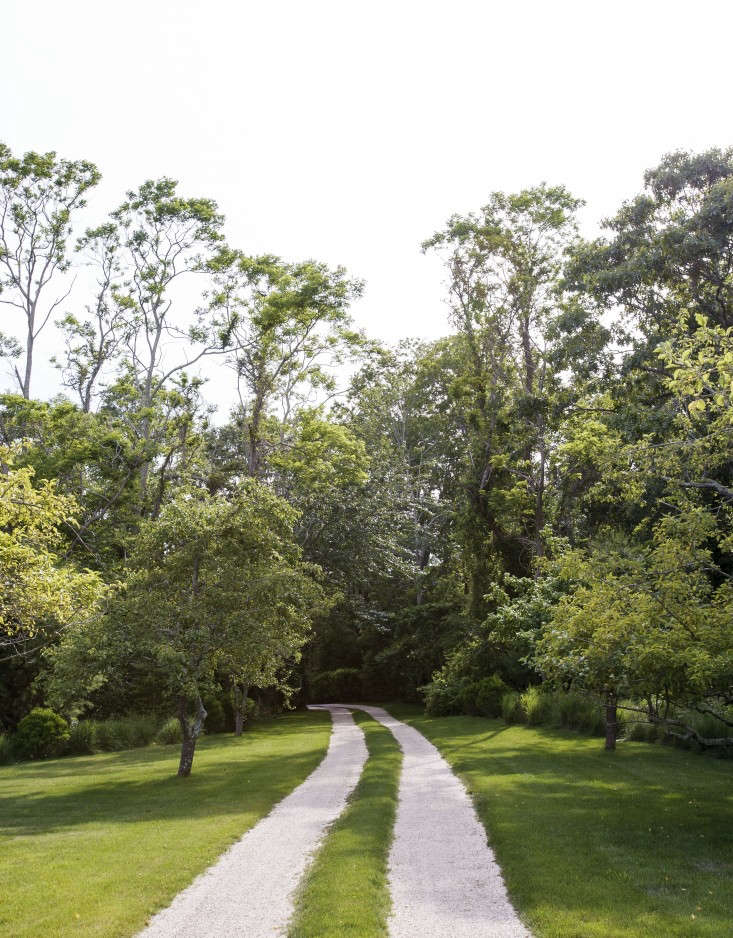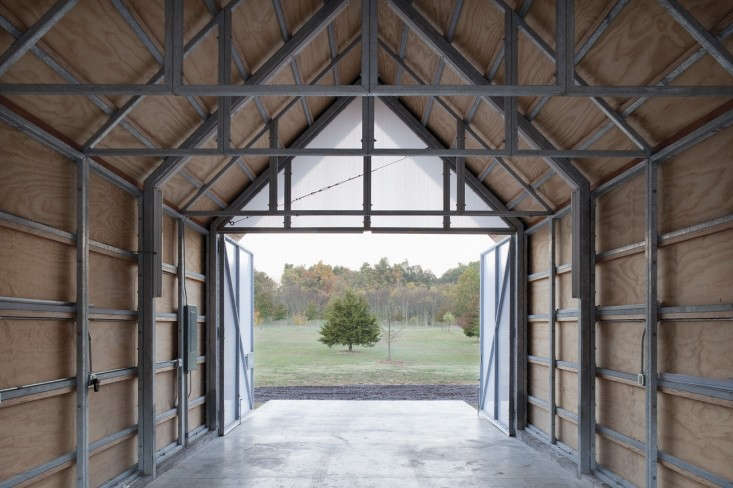Born in Denmark in 1860 and educated at a local agricultural college, Jens Jensen immigrated to the United States when he was 24, got a job on a celery farm in Florida and later made his way to Chicago, where he found traffic-choked streets and sooty air in America’s fastest-growing city. But the vision that stuck in his head as he worked his way up from groundskeeper to superintendent of the city’s parks system was of the vast, airy prairies on the outskirts of town.
The prairie-style gardens that Jensen designed for city parks and for private clients in the early decades of the 20th century were radically simple compared to the fussier European styles that Victorian gardeners had been trying to replicate. Native plants, respect for the Midwest’s contours and climate, and an appreciation of a distant horizon (the Great Plains were “the greatest strength we have,” Jensen believed) were his design hallmarks.
By the time of his death at age 91 in 1951, Jensen had been anointed “dean of the world’s landscape architects” by the New York Times. Today his principles of prairie-garden design are as modern as when he put them into practice.
Here are 10 of our favorite ideas to steal from Jens Jensen’s prairie-style gardens:
Delayed Views

Jensen designed paths and drives that followed the curve and slope of the land. The effect was to heighten expectations as visitors wandered—in a woodland, through a meadow—in an expansive landscape. Then, turn a corner and there’s the view. At the Ford House garden he designed for Edsel and Eleaner Ford in Grosse Pointe Shores, Michigan, Jensen hid the main house behind trees and bends in the driveway until suddenly it popped into view.
An Eye Toward the Horizon

“The Prairie Spirit in Landscape Gardening,” as practiced by Jensen and his Midwestern colleagues, developed from the notion that “on the prairie you can see the whole horizon, just as if you were on top of a mountain. The line of the horizon has been called ‘the strongest line in the western hemisphere,'” wrote Wilhelm Miller in 1916.
Horizontal Lines

“The horizontal line is the fundamental thing in the prairie style of architecture, as the vertical line is in the Gothic style,” wrote Wilhelm Miller.
To evoke the prairie, plant clusters of what Miller described as ” ‘stratified plants,’ i.e. plants with strongly marked horizontal branches or flat flower clusters.”
Hawthorn Trees

Prairie Grasses

The prairie, “in its original state was the native habitat of two dominant grasses: Bouteloua gracilis, also known as blue grama or mosquito grass and buffalo grass (Bouteloua dactyloides),” writes our contributor Jeanne Rostaing in Gardening 101: Blue Grama Grass. “Bouteloua gracilis, the taller and more decorative of the two, has become an important ingredient in modern naturalistic garden designs.”

Sumac Trees

“The common sumac, which was formerly despised by farmers, is now much planted about Middle Western homes because of its gorgeous autumnal colors,” writes Wilhelm Miller. “The sumac is a ‘red badge of courage’ which is often considered a symbol of the indomitable western spirit.”
Native Plants

On a busy corner lot in Springfield, Illinois, garden designer Adam Woodruff replaced his own front lawn with a modern interpretation of a cottage garden. The mix of low-maintenance perennials, ornamental grasses, and shrubs creates a colorful mini meadow and persuades pedestrians to stay on the sidewalk instead of taking a shortcut across his yard.
Woodruff included a number of grasses in the mix, including Sesleria autumnalis, Sporobolus heterolepis, Spodiopogon sibiricus, Calamagrostis x acutiflora ‘Karl Foerster’, and Molinia litoralis ˜Transparent’.
Echinacea

“Echinaceas are a quintessential prairie flower and also incorporate quite well into more contained, urban gardens,” writes our contributor Kier Holmes in Gardening 101: Echinacea.
Energy-Saving Trees

A deciduous grove of trees, leafy in summer, keeps the interior cool. In winter, the leafless trees allow sunlight in to warm the space.
Wildflowers

Among Jensen’s favorite prairie and river bank wildflowers were: wild Phlox paniculata, purple Iris versicolor (collected from the banks of the Des Plaines river), and swamp rose mallows.
N.B.: What is your favorite style of garden? Steal ideas from more of ours:
- Garden Design: Learning to Plant the Piet Oudolf Way.
- 10 Garden Ideas to Steal from California.
- How to Garden Like a Frenchwoman: 10 Ideas to Steal from a Paris Balcony.
- 10 Garden Ideas to Steal from the Pilgrims.








Have a Question or Comment About This Post?
Join the conversation